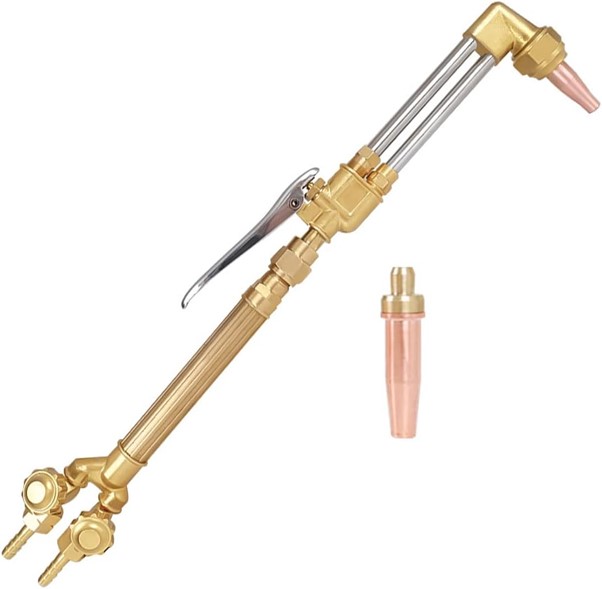
Blog Post
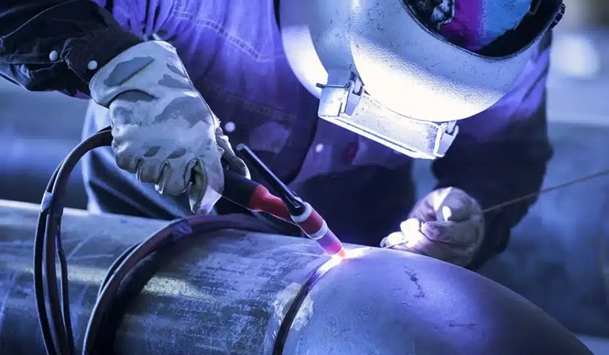
Choosing The Right Tig Torch For Your Welding Projects: Factors To Consider
Welding with TIG increases the likelihood that you are performing a task of superior quality. The arc produced by TIG is extremely concentrated and profoundly penetrating, resulting in welds of superior quality with few defects. Thus, the procedure is exceptionally well-suited for producing welds of superior quality in materials such as aluminium alloys and stainless steel.
How is TIG welding executed?
TIG welding is classified as an arc welding technique that produces a ferromagnetic arc of significant intensity between the source material and a non-consumable tungsten electrode.
The parent material melts and fuses at the point of contact between the arc and the workpiece to produce a welded joint. Typically, a filler wire is manually incorporated into the molten weld pool. In order to ensure the safety of the weld pool, adjacent material, tungsten electrode, and filler wire, shielding gas is introduced via the torch.
Types of TIG torches
TIG torches are typically classified according to whether they are water-cooled or gas-cooled, and are available in a variety of sizes and configurations.
The most frequently used torches are gas-cooled. In general, they are more capacious and can accommodate welding currents of approximately 300 amps.
In contrast to their air-cooled counterparts, water-cooled torches rapidly evacuate heat. As a result, they are predominantly employed in applications requiring high welding currents, such as fabricating thick-section aluminium components. In general, these torches are more compact and conducive to manipulation.
The torch head configuration should be carefully considered, as visibility of the weld joint is critical. Torches that are excessively large or cumbersome may impede visibility and potentially result in additional defects.
There are various applications in which welding TIG torches in UAE with flexible necks, swivel heads, straight heads, or even "pencil" torches are useful, particularly in areas where access is restricted or difficult.
Selecting the proper TIG welder
When selecting a TIG welder, there are numerous considerations to keep in mind, with the following being the most crucial:
- the utmost current to be used during welding
- probable duty sequence
- the substance requiring welding
- The state of accessibility
- Is the foot control or trigger actuated on the welding machine?
- Is the "standard" gas diffuser sufficient, or would the gas lens' enhanced gas coverage be more advantageous?
- Always employ ceramic with the largest diameter possible to guarantee optimal shielding gas protection.
- irrespective of whether it will be operated manually or by an automated system.
Typically, TIG torches are assessed in terms of their current capacity at a designated duty cycle. This cycle is determined by averaging the maximal welding current for a specified duration of time, which is typically 10 minutes. As an illustration, a duty cycle of 60% signifies that the welding current allowed for a maximum 'arc-on' duration of six minutes every ten.
The significance of this matter lies in the potential for torch damage resulting from combustion should the duty cycle be surpassed. In order to conduct the increased currents, heavier welding cables, and larger copper components are necessary.
Your torch should have a higher current rating for applications that are likely to operate at a higher duty cycle; alternatively, you may wish to consider upgrading to a water-cooled torch. Additionally, it is prudent to utilise cables with short lengths, as lengthier trailing cables are more susceptible to damage.
Getting started: maintenance and safe operation advice for torches
In addition to routine maintenance to ensure the cleanliness and absence of damage to your torch, the following areas must be inspected frequently:
- The protracted length and numerous connections of TIG torches, leads, and connections render them susceptible to damage. Before utilisation, each area must be thoroughly examined.
- Ensure that the orifice is devoid of any contaminants.
- Gas lenses ought to be devoid of any spatter or other form of injury.
- Collet bodies and collets (which provide power to the electrode) should be routinely inspected; they are susceptible to distortion when heated and must be stored and handled with care.
- Your torch's insulation and back caps must be complete and undamaged, devoid of any fractures or chips.
- Additionally, your trigger switch (if present) and two trigger leads should be insulated and securely fastened.
Before working on your welding TIG torches in UAE, ensure that the welding power source is deactivated and, if at all possible, disconnected from the mains supply, gas, and water.
It is imperative to consistently wear appropriate personal protective equipment (PPE) while welding and exercise caution to prevent injuries from equipment that retains heat beyond the welding process.
Additionally, if you require assistance or guidance in selecting your next welding flame, please contact welding TIG torches in UAE.
Categories
Latest news
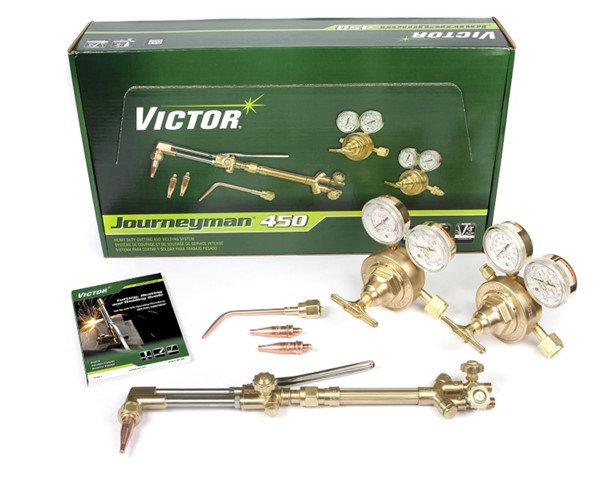
Features and Benefits of the Victor Journeyman
10 February 2024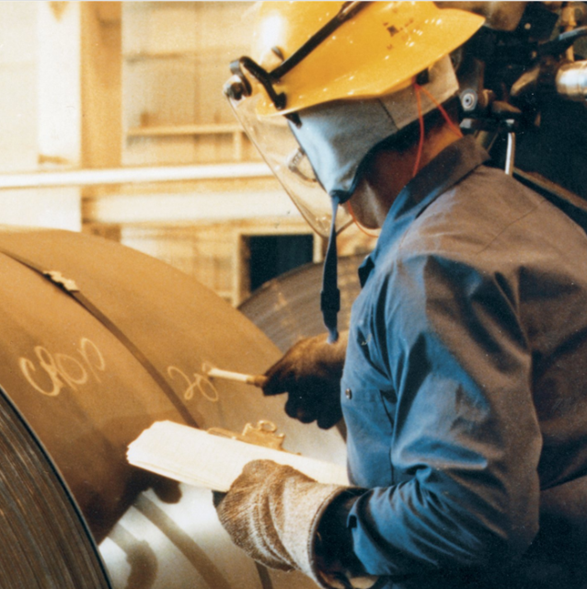
The Power of Effective Industrial Supply & Maintenance
16 January 2024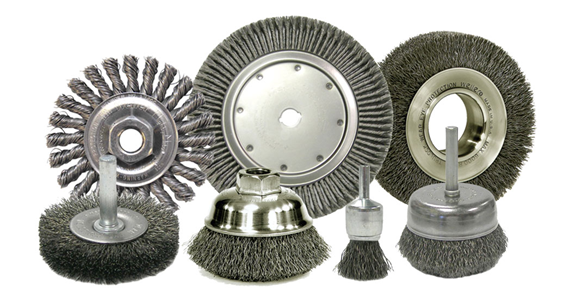
What Are The Features of Disc Brushes?
13 December 2023
How we can help you!
Ronquil coho salmon red snapper duckbill lungfish southern angelfish
Contact us



